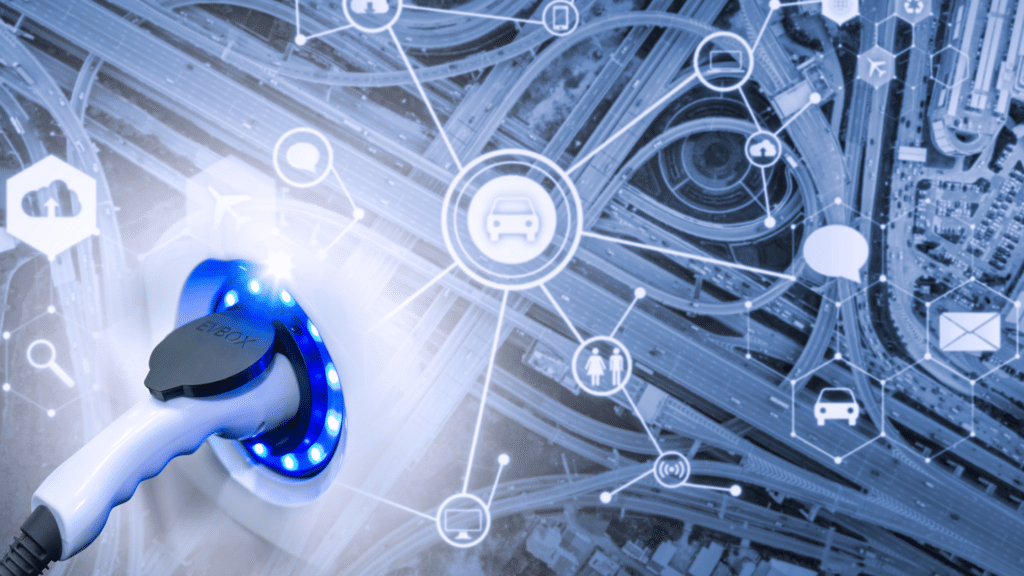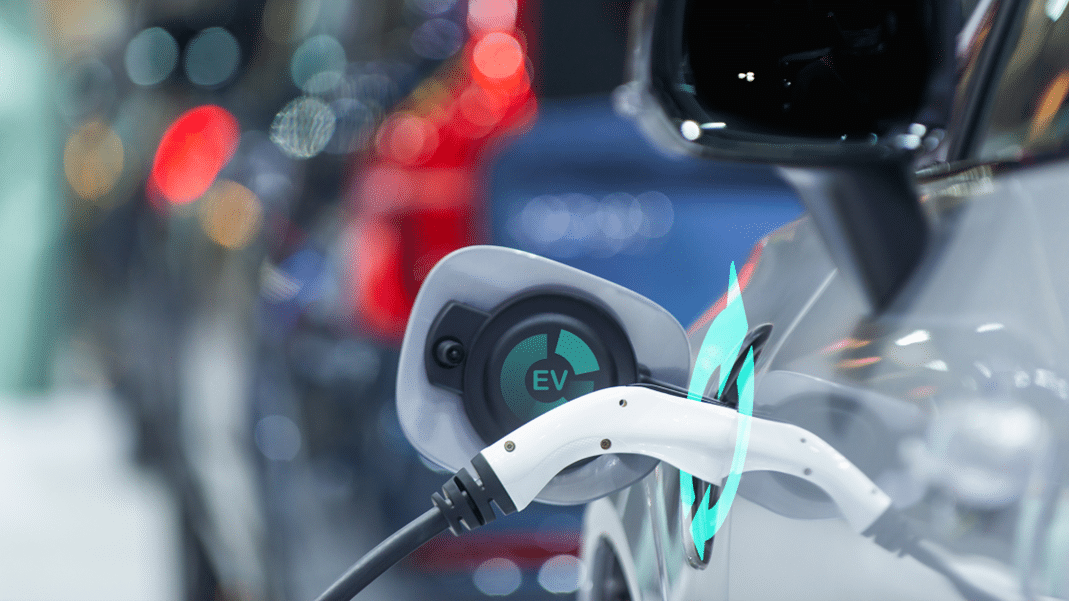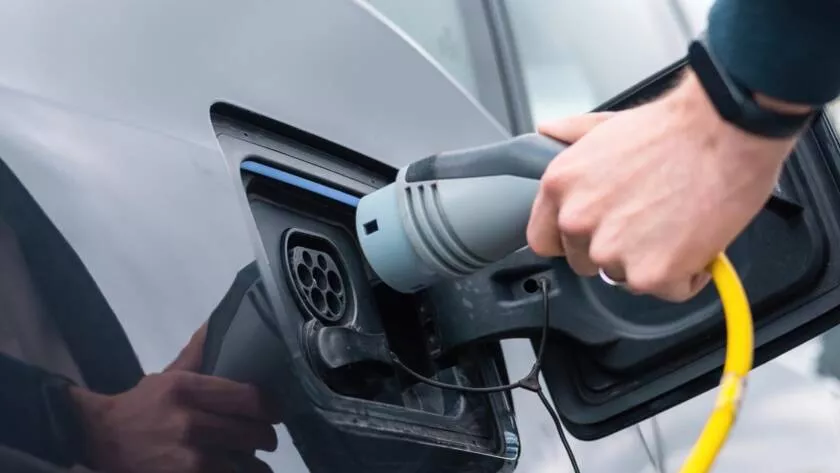
Electric vehicles (EVs) are the future of sustainable transportation. As more drivers switch to EVs, the need for efficient and accessible EV charging networks becomes increasingly evident. In this article, we’ll explore the ins and outs of EV charging networks, their infrastructure, and the critical concept of interoperability. Whether you’re a seasoned EV owner or contemplating making the switch, this guide will provide valuable insights to enhance your EV charging experience.
The Rise of EV Charging Networks
EV charging networks are a vital component of the EV ecosystem. They provide EV owners with the convenience and peace of mind that they can find a charging station when needed. These networks consist of a multitude of charging stations scattered across cities, highways, and even remote areas to cater to the diverse needs of EV drivers. The exponential growth of EVs has led to a corresponding expansion of these networks.
Charging Infrastructure: The Backbone of EV Networks
To understand EV charging networks, delving into the infrastructure that powers them is crucial. EV charging stations are classified into three main categories: Level 1, Level 2, and DC fast chargers.
- Level 1 chargers use a standard 120-volt household outlet and are the slowest and best suited for overnight charging at home.
- Level 2 chargers require a 240-volt power source and are commonly found at public charging stations. These chargers provide a faster charging experience compared to Level 1.
- DC fast chargers are the go-to option for long-distance travel and rapid recharging. These chargers offer significantly higher power levels and can provide an 80% charge in as little as 20-30 minutes.
The combination of these three charger types forms the backbone of EV charging networks, offering a range of options to cater to different needs.
The Quest for Interoperability
One of the biggest challenges in the EV charging industry is interoperability. EV manufacturers have their charging networks, sometimes creating a lack of uniformity. The industry is working on interoperability standards to ensure a seamless experience for EV owners.
Interoperability means an EV driver can easily use any charging station, regardless of the manufacturer or network operator. Efforts are being made to develop common standards like the Combined Charging System (CCS). These standards aim to make charging as simple as plugging in and charging up, regardless of the vehicle or charger’s brand.
Benefits of Interoperability
Interoperability offers numerous advantages, both for EV drivers and the industry as a whole. It fosters healthy competition, allowing networks to grow and thrive without being restricted to a particular brand. This leads to more charging stations, making it convenient for EV drivers to find a charging point. It also promotes innovation in charging technology, which can result in faster charging speeds and improved reliability.
Contact Boston EVC to Learn More
As the EV industry evolves, a comprehensive understanding of EV charging networks and interoperability becomes crucial. Whether you are an EV owner looking for information on the latest developments or a business considering installing charging stations, Boston EVC is here to help!
Ready to navigate the exciting world of EV charging networks? Contact us today at 1-833-4BOSEVC (426-7382) or visit our website to request a free and fast quote.
Sources
https://www.evgo.com/ev-drivers/charging-basics/
https://www.transportation.gov/rural/ev/toolkit/ev-partnership-opportunities/charging-networks
https://rmi.org/electric-vehicle-charging-for-dummies/






